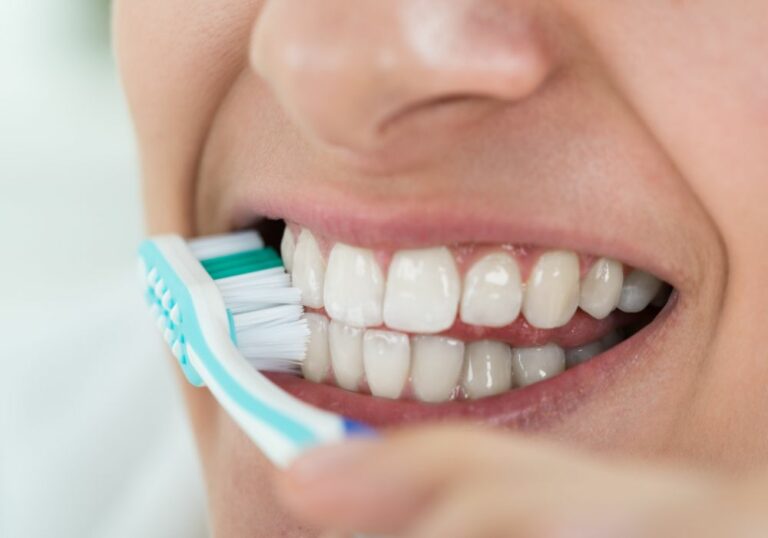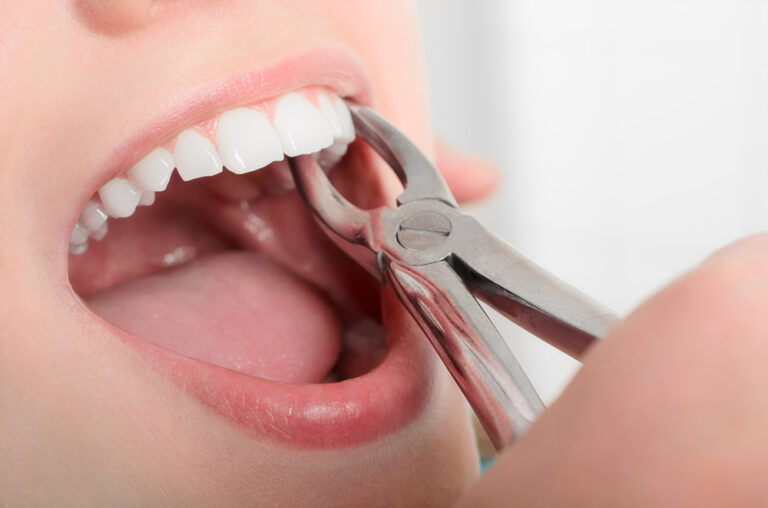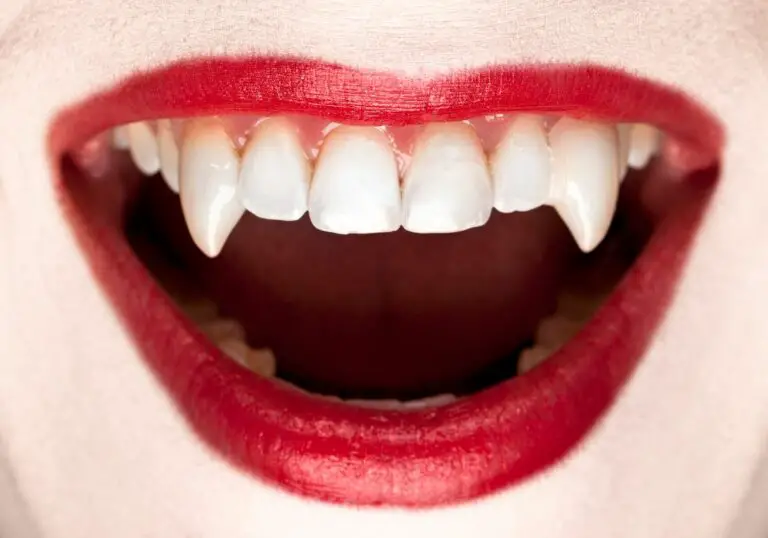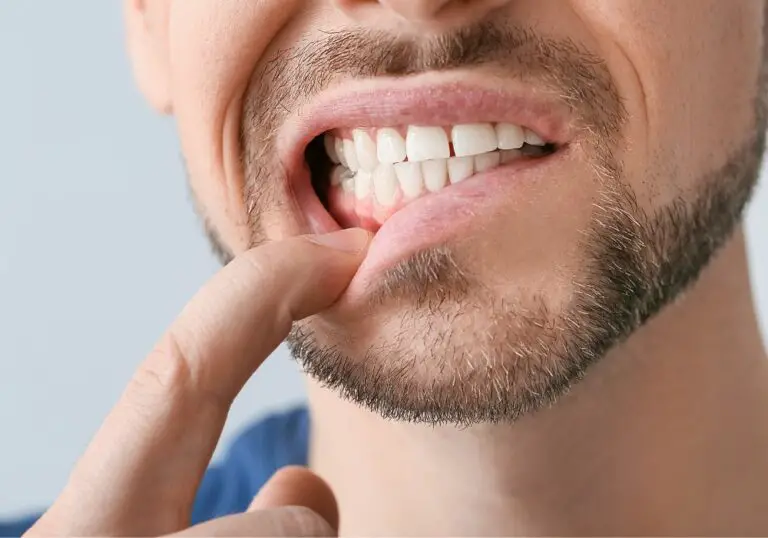Some people may feel their teeth are too long or protrusive and want to shorten them for cosmetic reasons. While it is possible to reduce tooth length through various dental procedures, there are risks involved and it may not always be the best option aesthetically. This in-depth article explores the reasons people may seek shorter teeth, the various methods that can be used, the pros and cons of each, costs, what to ask your dentist, and how to care for teeth after they are shortened. We also provide alternatives for those wishing to enhance their smile without removing healthy enamel from teeth.
What Does It Mean to Shorten Teeth?

Shortening teeth refers to removing varying amounts of enamel from the tooth surface to reduce the apparent length or size. This is done through procedures such as:
- Enamel shaping: Removing a thin outer layer of enamel to gently reshape or contour the teeth. This may shorten teeth slightly by 0.3-0.6mm on average.
- Tooth contouring: Removing more significant enamel amounts of up to 1-2mm to dramatically taper or shorten the teeth.
- Dental bonding: Adding a tooth-colored composite resin material to the surface of teeth which is shaped and hardened to change the length or shape.
- Crown lengthening: Surgically removing gum tissue and bone to expose more of the tooth crown, creating the illusion of shorter teeth.
The amount of enamel or tissue removed depends on the goals and individual situation. Moderate shortening of 1-3mm may be feasible, but more aggressive reduction jeopardizes tooth health and is not recommended by most dentists.
Reasons People Seek Shorter Teeth
There are several motivations people may have for wanting to shorten their teeth:
- Cosmetic improvement – Some feel their teeth look too long, protrusive or rectangular for their facial profile. They want to improve dental aesthetics and smile appearance.
- Correct uneven edges – Teeth may have uneven incisal edges or ‘lips’ that can be smoothed and straightened by removing length.
- Eliminate gaps – Shortening the incisal edge can remove gaps between front teeth.
- Improve symmetry – If teeth are uneven in length, reducing longer teeth can create more uniformity.
- Functional issues – In some cases, long teeth may affect biting, injure the gums or necessitate a deeper bite. Shortening them may improve function.
- Accommodate other dental work – If a tooth needs a crown or veneer, surrounding teeth may be shortened to match the new size and shape.
- Reverse gum recession – As gums recede with age, teeth appear longer. Removing length can reduce this effect.
- Relieve crowding – Gently reducing length can create more space and alignment for crowded, crooked teeth.
- Reduce age-related wear – Worn, shorter teeth may be evened out by reducing intact teeth slightly.
However, shortening healthy teeth solely for minor cosmetic changes remains controversial among dental professionals. The permanence and risks must be carefully weighed against potential benefits.
Procedures to Shorten Teeth
If moderate tooth shortening is deemed appropriate, a dentist has several options depending on the individual case:
Enamel Shaping
Enamel shaping involves removing a thin layer of enamel across the surface of teeth to gently reshape them.
- It typically removes only 0.3-0.6mm of enamel thickness.
- The teeth are contoured to alter their length, shape or edges.
- Shaping is done with a fine-grit diamond bur under irrigation to smooth rough areas.
- Local anesthetic gel may be used for sensitivity. No drilling or injections are required.
- Takes approximately 30-60 minutes.
- Costs about $100-$300 per tooth.
This conservative method creates subtle changes without exposing the dentin layer. It is appropriate for minor irregularities but does not dramatically alter tooth length or alignment.
Tooth Contouring
For more significant reshaping, tooth contouring is done by removing greater enamel amounts, typically shaping 1-2mm off the surface.
- Local anesthetic protects the tooth nerves during treatment.
- The dentist uses a diamond bur along with hand instruments for precision removal.
- Teeth are tapered, rounded and smoothed appropriately.
- May require bite adjustments and follow up polishing.
- Takes 1-2 hours and costs $300-$600 per tooth.
Contouring provides moderate shortening and reshaping but also sacrifices more enamel, so benefits must outweigh risks.
Dental Bonding
Rather than removing natural enamel, bonding applies a thin shell of tooth-colored material to the teeth that can modify length.
- Composite resin material is bonded to the teeth with a conditioning liquid.
- It is molded and sculpted as desired by the dentist, set hard using a curing light.
- Can add length to shorter teeth for symmetry or remove length by bonding over incisal edges.
- Takes about 1 hour per tooth and costs $250-$600.
- Material may need replacing every 5-7 years as it stains and chips over time.
Crown Lengthening
This surgical procedure exposes more of the tooth by reshaping gum tissue and bone rather than removing enamel:
- The gum line is recontoured and underlying bone reshaped.
- Stitches are placed, then removed after 1-2 weeks of healing.
- Makes the teeth appear shorter by revealing more tooth structure visibly.
- Takes about 1 hour per tooth. Costs range from $600-$1500.
- Helps with prosthetic work but has many disadvantages for purely cosmetic shortening.
Should You Shorten Healthy Teeth?

Most dentists do not recommend patients shorten aesthetically pleasing, functional teeth solely for minor cosmetic improvements. However, if teeth are significantly misaligned/crowded or other functional issues exist, moderate reshaping may help. Dramatic shortening should be avoided. Key factors to weigh include:
- Permanence – Enamel removal is irreversible, so results are permanent. Achieving an ideal outcome depends on the dentist’s sculpting skill.
- Strength reduction – Taking away outer enamel layers weakens teeth and removes their natural protection against decay and temperature sensitivities.
- Nerve proximity – Removing too much length can expose dentin and put the tooth nerve at risk. This may eventually require a root canal.
- Restorations later – Shortened teeth often need crowns, veneers or implants later to preserve what enamel remains or replace loss.
- Stability concerns – Shortening alone does not address underlying alignment or gum issues which may continue to cause problems.
- Initial discomfort – Teeth may be sensitive immediately after reshaping until nerves recalibrate.
- Aesthetics – Shortening can leave teeth looking wider, more opaque or artificial if not done properly.
- Costs – Shortening alone can cost $300-$600 per tooth. Long-term restorations or replacements drive costs higher.
For moderate cosmetic shortening, less invasive options like orthodontics or veneers may provide similar benefits with fewer risks. However, slight reshaping can benefit certain cases with asymmetry, uneven edges or recurrent trauma. The dentist’s experience and technique is key to maximizing outcomes while minimizing enamel loss.
What to Ask Your Dentist About Shortening
Have an in-depth discussion with your dentist before deciding whether to shorten teeth. Key questions include:
- What are all my options to improve my smile? Why are you recommending shortening?
- What specific benefits and risks does shortening provide in my situation?
- How will you determine ideal length and shape for my facial profile?
- Can I see before/after photos of cases similar to mine?
- How much enamel will you need to remove, in millimeters? Can we be as conservative as possible?
- What technique and tools will you use to maximize precision?
- Will I need anesthetic shots or drilling during the procedure?
- Will you do mock-ups and temporary shaping first to test possible outcomes?
- How will shortening affect the long-term strength and function of my teeth?
- Will I likely need crowns, veneers or other restoration later to protect the teeth?
- What will recovery be like? Will I have any post-procedure sensitivity or discomfort?
Thoughtfully considering these factors can determine if tooth shortening is truly the best choice and avoid regrets.
Caring for Shortened Teeth
If you do proceed with shortening teeth, be diligent about follow-up care:
- Maintain excellent oral hygiene with twice daily brushing, daily flossing and an ADA-approved fluoride mouthwash.
- Use a soft brush and avoid abrasive toothpastes.
- Have any bonding reshaped and polished every 6-12 months to prevent stains and chipping.
- See your dentist every 6 months for evaluation and early intervention if any problems arise.
- Wear a custom nightguard if you grind your teeth to minimize stress on shortened enamel.
- Avoid nail biting, chewing ice or other habits that can fracture enamel.
- Use lip balm to keep your lips moisturized. Dry lips can increase chapping and irritation on sharp incisal edges.
Diligent home care helps preserve and protect teeth after irreversible enamel removal procedures.
Costs of Tooth Shortening Procedures
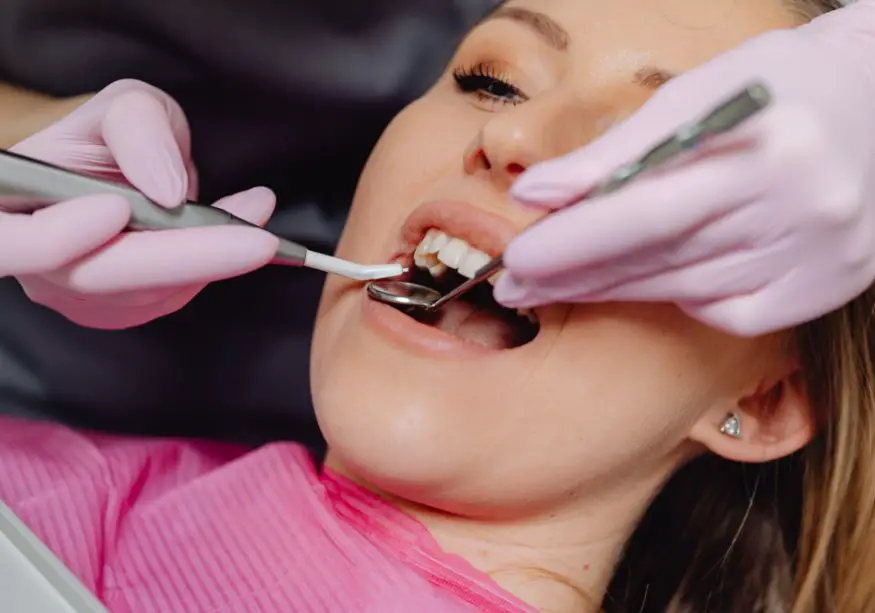
While insurance may cover some functional shortening procedures, cosmetic reduction costs will be an out-of-pocket expense. Fees vary based on location and dentist, but typical ranges are:
- Enamel shaping – $100-$300 per tooth
- Tooth contouring – $300-$600 per tooth
- Dental bonding – $250-$600 per tooth
- Crown lengthening surgery – $600-$1500 per tooth
Many dentists allow payment plans to cover costs. But expenses add up quickly with multiple teeth requiring reshaping over time.
Alternatives to Shortening Healthy Teeth
For minor cosmetic changes, less invasive and lower cost options exist:
- Whitening – Removing stains can make teeth appear shorter. Over-the-counter kits or professional whitening costs $100-$600.
- Orthodontics – Straightening and aligning teeth improves symmetry without enamel removal. Braces or clear aligners cost approximately $3,000-$8,000.
- Composite bonding – Bonding material added to edges can fix chips or unevenness for around $200 per tooth.
- Gum lift – A gum lift exposes more tooth surface visibly for $600 per tooth.
- Tooth replacement – Missing teeth can be replaced with implants, bridges or partials for $3,000-$12,000 total.
- Veneers – Porcelain facings create an enhanced shape for approximately $925-$2,500 per veneer.
Summary
While moderately shortening teeth is possible through various procedures, most dentists recommend this only for functional needs or severe cosmetic issues due to permanence and loss of healthy enamel. For minor concerns, less invasive options exist that enhance smile appearance without irreversibly removing protective tooth structure. However, when deemed appropriate, conservative reshaping performed precisely by an experienced dentist can give beautiful, natural-looking improvements. If you decide to shorten teeth, excellent long-term care is vital to maintaining their health and appearance.
Conclusion
Shortening teeth is an elective procedure that requires thoughtful consideration of all factors. Discuss your options thoroughly with an ethical, skilled dentist. If enamel removal is advised, opt for the most conservative approach possible. With realistic expectations and diligent home care, judicious shortening can enhance dental aesthetics and function for the long term. But avoid excessive reduction of healthy teeth solely for minor cosmetic fixes. In many cases, less invasive options bring beautiful, satisfying improvements without permanent removal of natural tooth structure.



